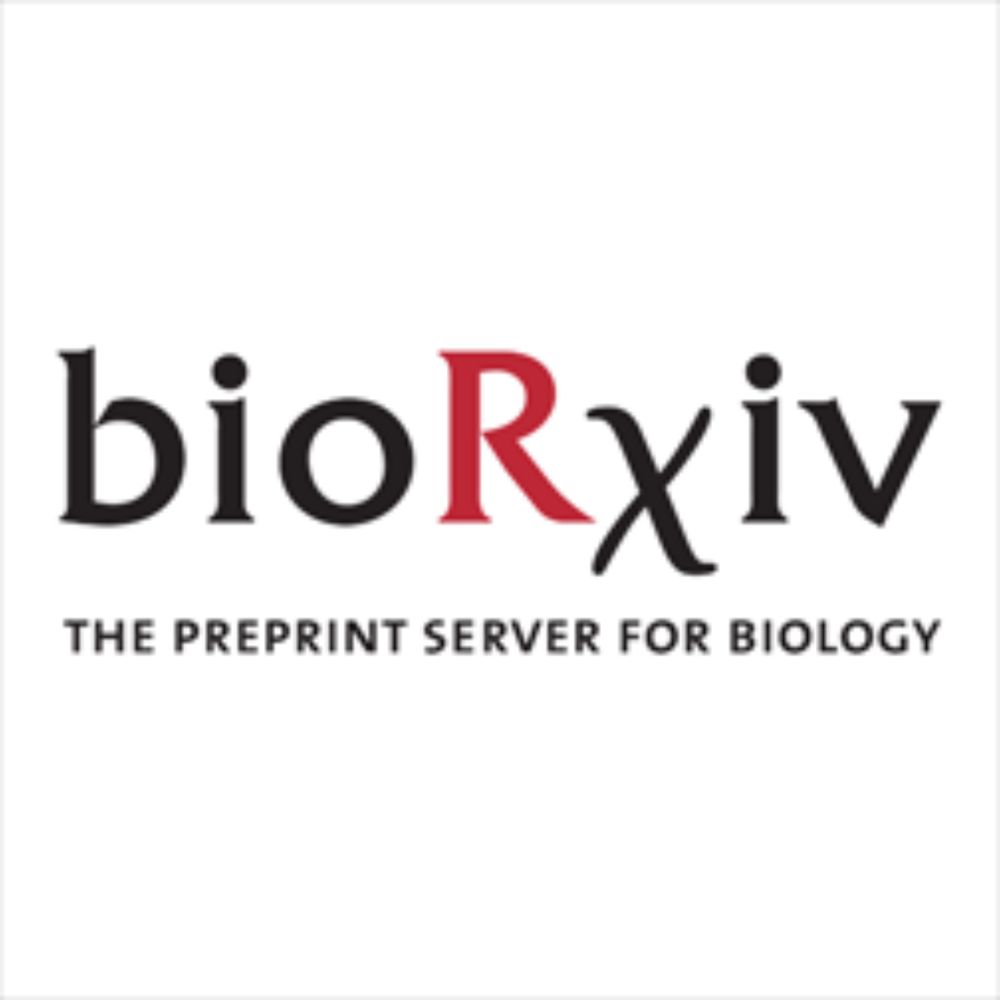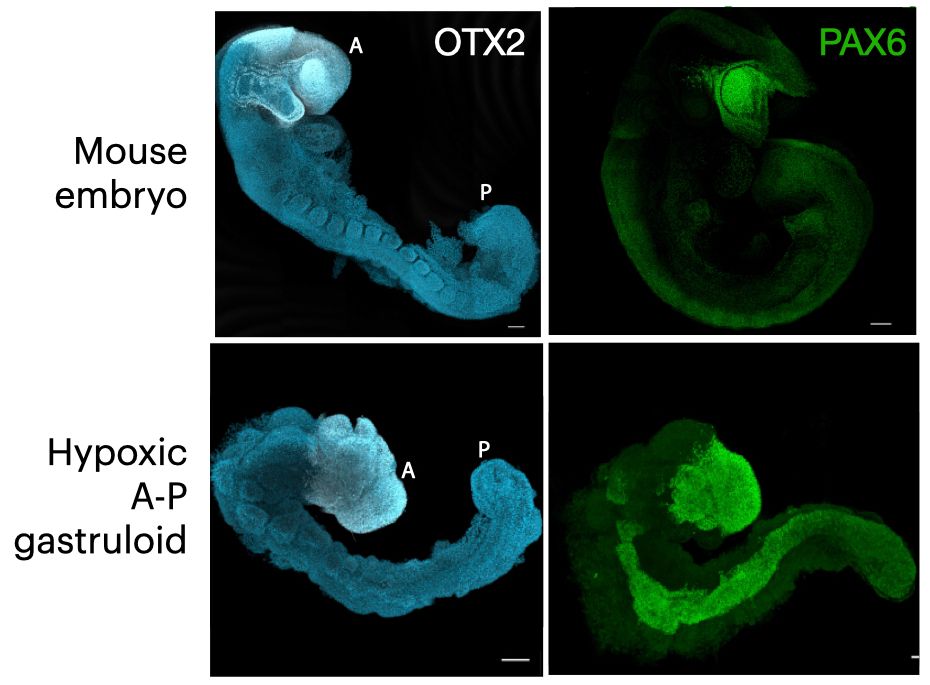María Mariner
@mariamafau.bsky.social
170 followers
360 following
22 posts
Postdoctoral researcher at @radaiglesiaslab.bsky.social | Developmental genomics | Prelighter (The Company of Biologists) | Artistic & Creative | Passionate about visual storytelling and design
Posts
Media
Videos
Starter Packs
Pinned
María Mariner
@mariamafau.bsky.social
· Jul 24
Reposted by María Mariner
Reposted by María Mariner
Reposted by María Mariner
María Mariner
@mariamafau.bsky.social
· Sep 2
Reposted by María Mariner
María Mariner
@mariamafau.bsky.social
· Aug 11
Reposted by María Mariner
María Mariner
@mariamafau.bsky.social
· Jul 24
María Mariner
@mariamafau.bsky.social
· Jul 24

Dual role of ZIC2 during neural induction: from pioneer transcription factor to enhancer activator
ZIC2, a member of the Zinc Finger of the Cerebellum family of transcription factors (TFs), plays crucial roles during neural development. In humans, defects in ZIC2 cause holoprosencephaly, a congenit...
www.biorxiv.org
María Mariner
@mariamafau.bsky.social
· Jul 24
María Mariner
@mariamafau.bsky.social
· Jul 24
María Mariner
@mariamafau.bsky.social
· Jul 24
María Mariner
@mariamafau.bsky.social
· Jul 24
Reposted by María Mariner
María Mariner
@mariamafau.bsky.social
· May 31



















